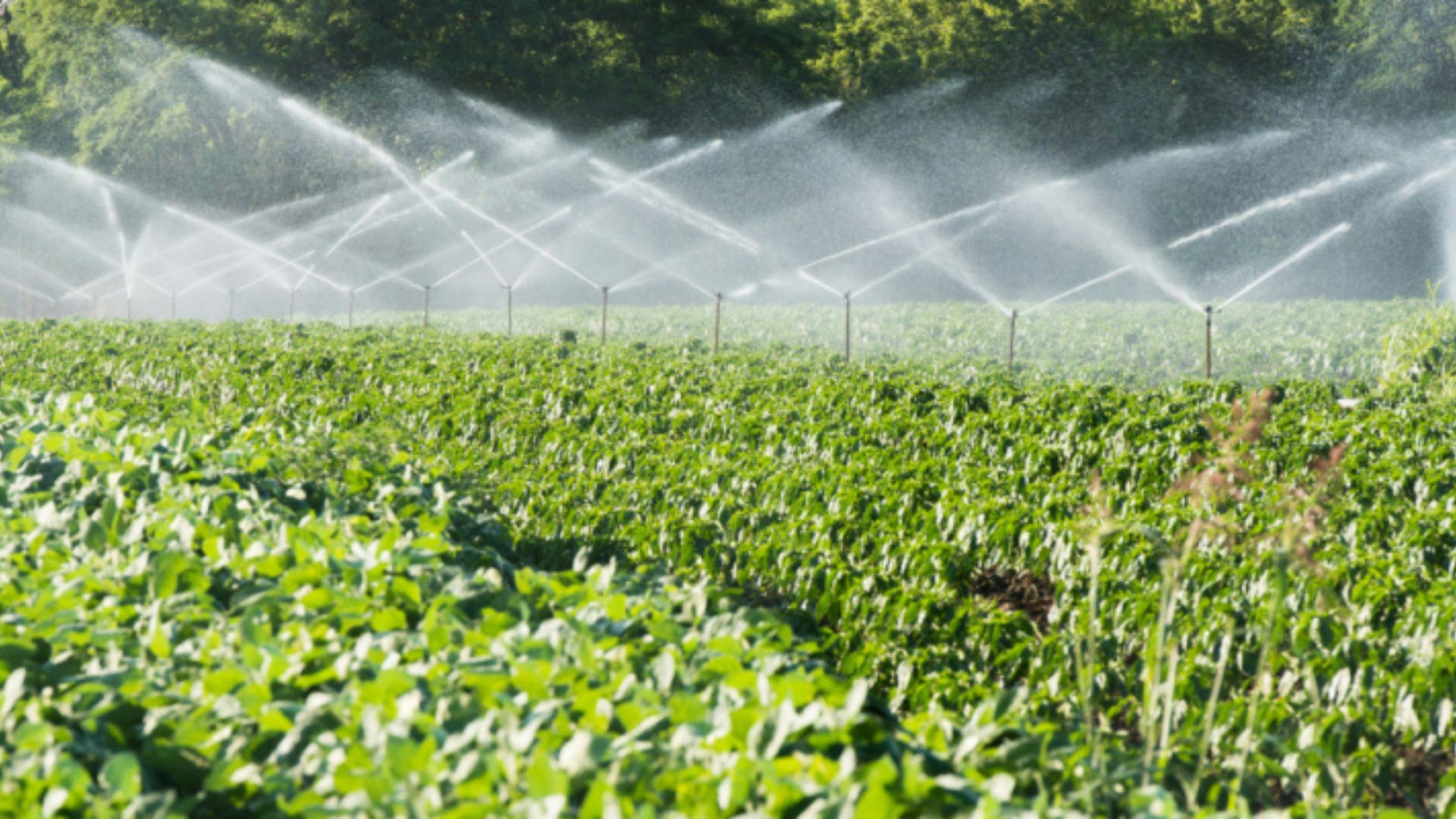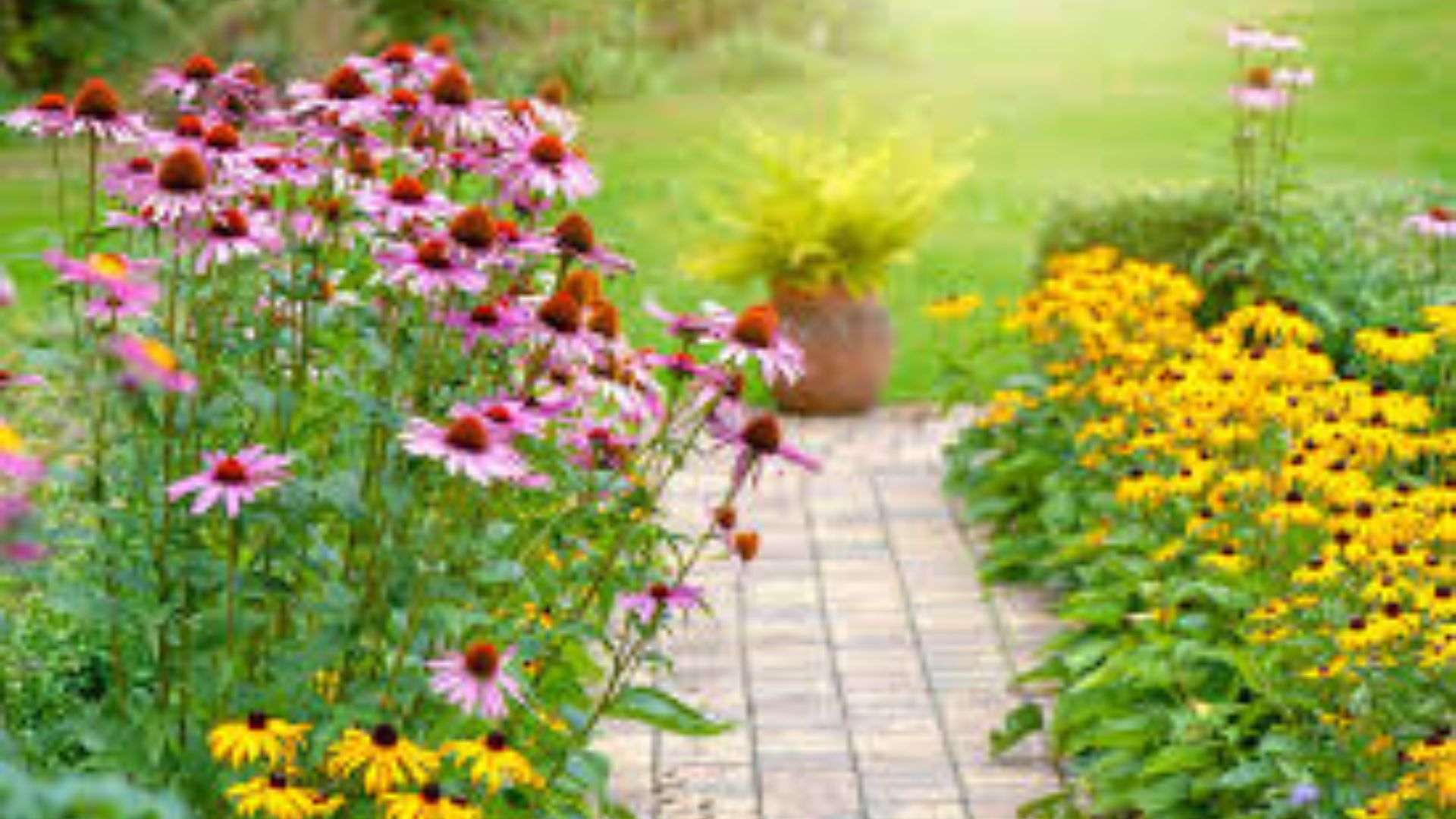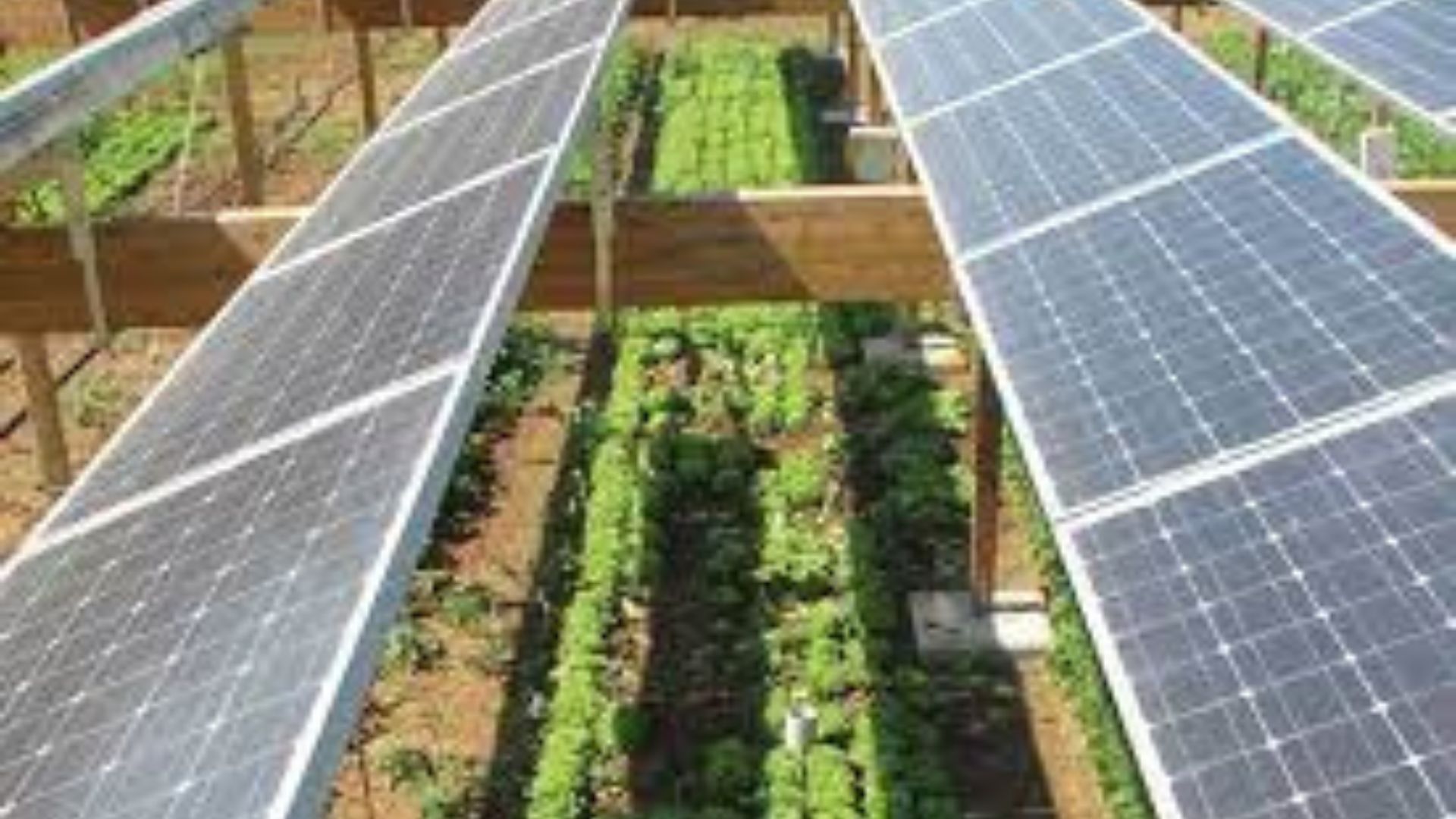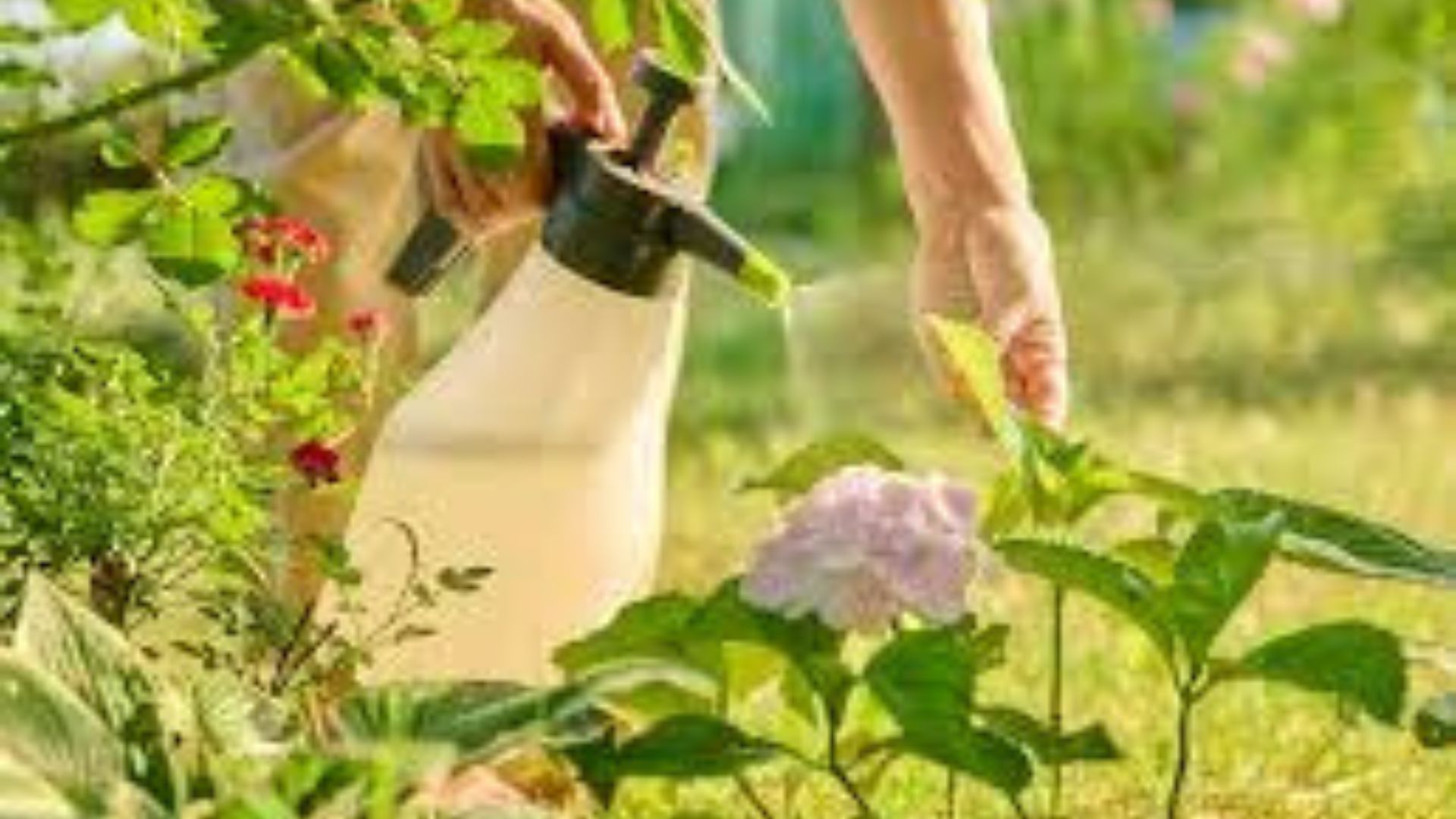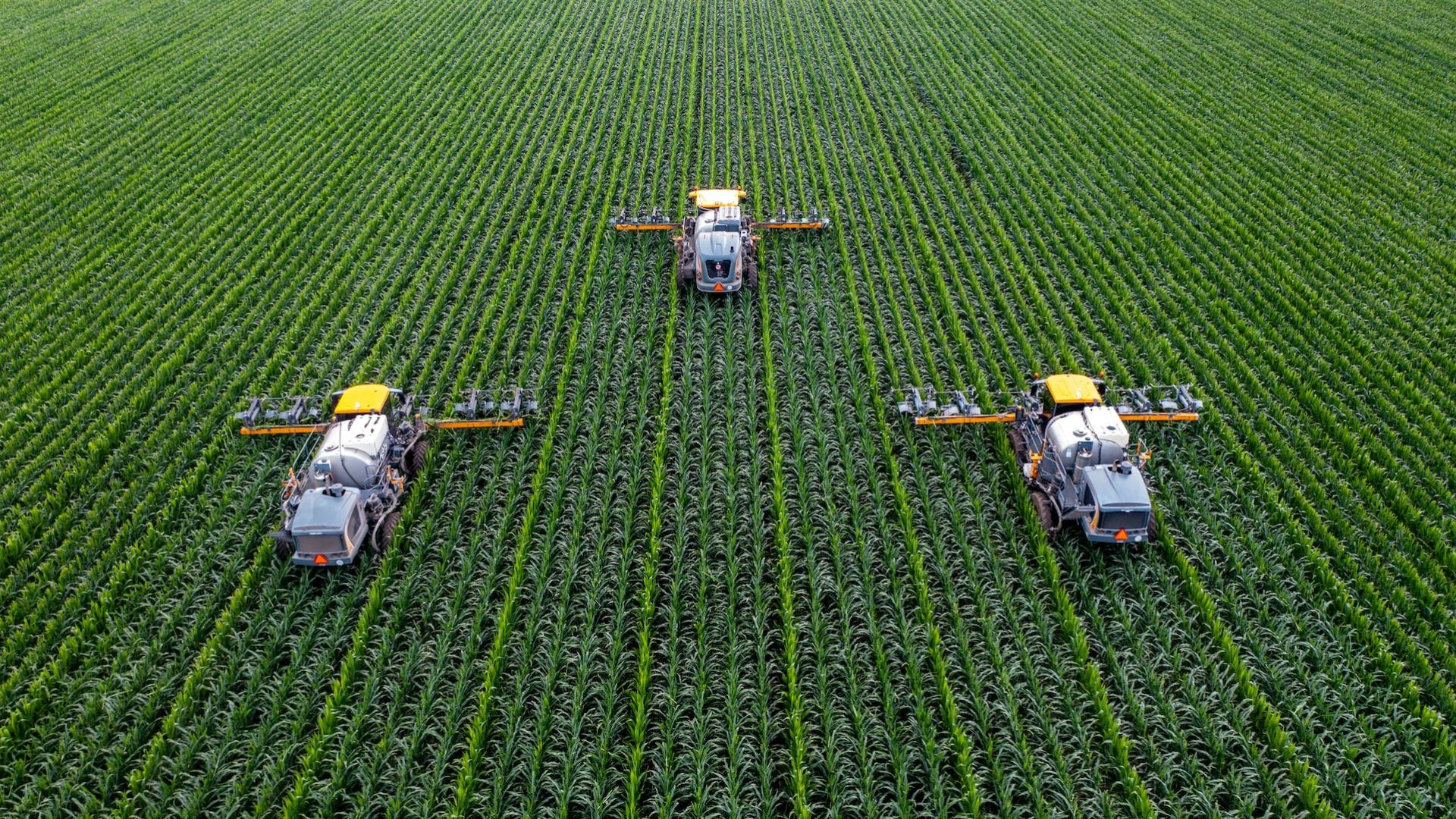Water is a precious resource, and efficient irrigation is essential for both environmental conservation and successful gardening or farming. By using smart water-saving irrigation tips, you can reduce water waste, lower costs, and still grow thriving plants. Whether you’re managing a home garden, a greenhouse, or a large farm, the right techniques make a big difference in preserving water without compromising growth.
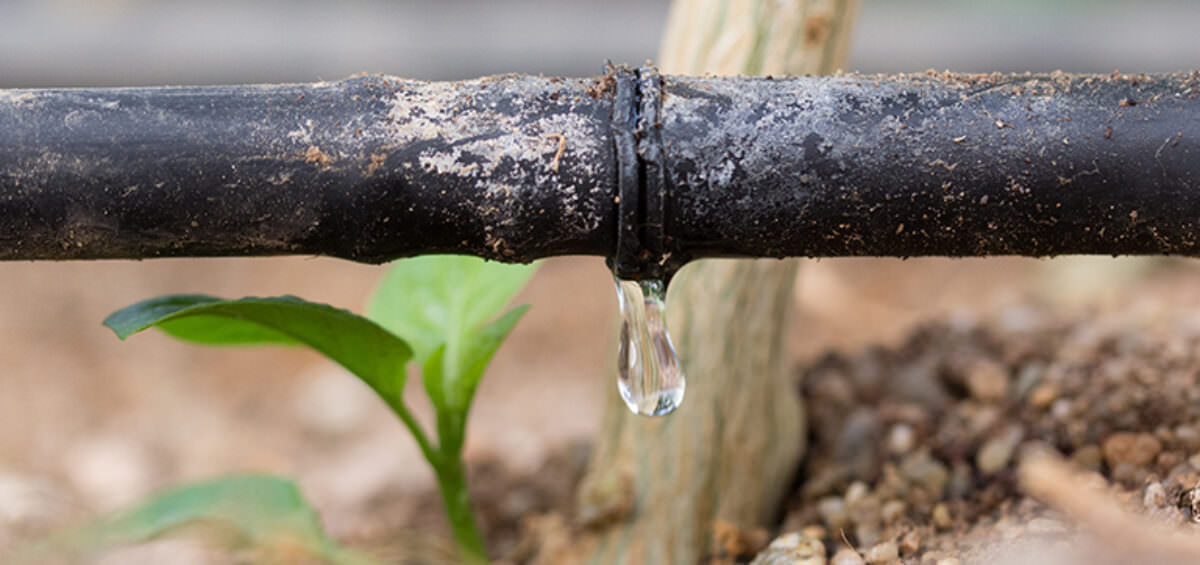
Choose the Right Time to Irrigate
Timing your irrigation correctly is one of the easiest and most effective water-saving irrigation tips. Water your plants early in the morning or late in the evening when temperatures are cooler and evaporation is minimal. Avoid watering during the hottest parts of the day, as much of the moisture will evaporate before it reaches the roots. By adjusting your watering schedule, you ensure better absorption and less water loss.
Use Drip Irrigation Systems
Drip irrigation is one of the most efficient watering methods available. It delivers water directly to the base of each plant through a network of tubes and emitters. This minimizes evaporation and runoff while ensuring that only the root zone gets watered. Unlike sprinklers that soak the entire area, drip systems reduce weed growth and water usage. Installing a drip system is a smart investment for anyone looking to conserve water and boost plant health.
Install a Moisture Sensor
A soil moisture sensor takes the guesswork out of watering. It measures how much water is in the soil and helps you avoid overwatering or underwatering your plants. By using a moisture sensor, you water only when necessary, which conserves water and prevents root rot. Combine this tool with a timer for your irrigation system to automate efficient watering based on real-time needs.
Mulch to Retain Moisture
Applying mulch around your plants is a natural way to retain soil moisture and reduce evaporation. Organic mulches like straw, wood chips, or compost also improve soil structure over time. A 2–3 inch layer of mulch keeps the soil cooler, blocks weeds, and reduces the frequency of watering. This simple practice pairs well with other water-saving irrigation tips and helps build healthier, more drought-resistant gardens.
Collect and Reuse Rainwater
Rainwater harvesting is a sustainable method that captures water from rooftops or other surfaces for later use. You can collect rainwater in barrels and use it for irrigation during dry spells. This reduces dependency on municipal water supplies and lowers your water bill. Rainwater is also free of chemicals like chlorine, making it better for plants. Set up a basic system with a gutter, filter, and barrel to get started.
Group Plants by Water Needs
Planting crops or flowers with similar water needs together improves irrigation efficiency. This method, known as hydrozoning, prevents overwatering drought-tolerant plants or underwatering thirsty ones. For example, keep succulents and herbs in one zone and leafy greens in another. When you group plants by their watering requirements, you can tailor your irrigation method to each section and avoid waste.
Maintain Your Irrigation System Regularly
Even the best systems can waste water if they’re not maintained. Check for leaks, clogged emitters, or broken sprinkler heads regularly. Make sure timers are set correctly and adjust them with the seasons. A well-maintained system ensures that water reaches its intended destination with minimal loss. This tip might seem basic, but it’s one of the most important water-saving irrigation tips in practice.
Conclusion: Every Drop Counts
With these water-saving irrigation tips, you can significantly reduce water use while keeping your garden or crops healthy and productive. From timing and technology to simple strategies like mulching and plant grouping, every small change adds up to big savings. Sustainable irrigation not only conserves resources but also supports long-term soil health and plant resilience. Adopt these habits today and grow smarter, not just greener.






